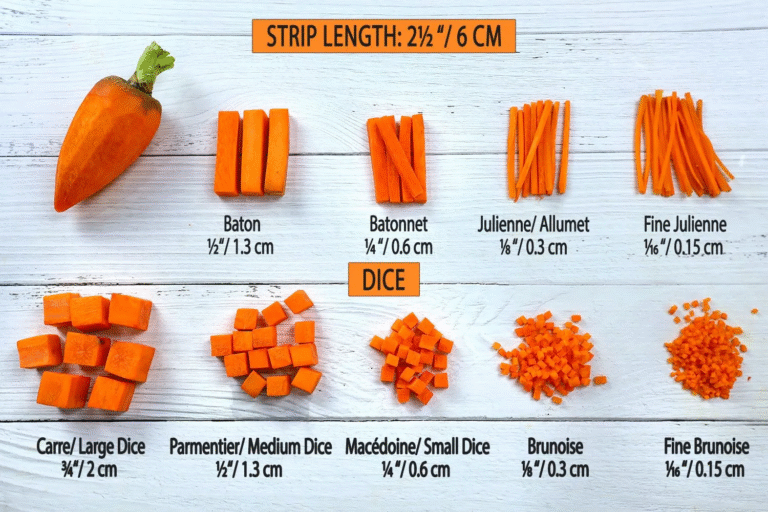The Algorithm: From Ancient Abacus to Modern AI
An algorithm is a finite sequence of well-defined, unambiguous instructions designed to solve a specific class of problems or perform a computation. [1][2] Far from being a modern invention, the concept is a foundational pillar of mathematics and logic, a formal recipe that dictates the precise steps to move from a known input to a desired output. [1][3] The term itself is a testament to a rich history, a Latinized corruption of the name of the 9th-century Persian mathematician Muhammad ibn Mūsā al-Khwārizmī. [4][5] His work, particularly the book “The Compendious Book on Calculation by Completion and Balancing,” introduced systematic methods for solving linear and quadratic equations, effectively giving birth to algebra and formalizing procedural problem-solving. [6][7] This work, translated into Latin as Algoritmi de numero Indorum, cemented “algoritmi” as the term for these step-by-step procedures. [4][8] The intellectual lineage, however, extends even further back. Ancient Greek mathematicians, such as Euclid, described one of the oldest algorithms still in common use around 300 BCE for finding the greatest common divisor of two integers. [5][9] This historical depth underscores that an algorithm is fundamentally a language-independent, logical construct, a pure process that exists separately from any specific machine or programming language that might execute it. [1][10]
Design Paradigms and Performance Analysis
The creation of an effective algorithm is a process of strategic design, not merely a random assembly of instructions. Computer scientists rely on established algorithm design paradigms, which are general frameworks or strategies for constructing efficient solutions. [11][12] A primary paradigm is Divide and Conquer, which breaks a complex problem into smaller, more manageable subproblems, solves them recursively, and then combines their solutions. [11][13] This approach is the backbone of highly efficient sorting algorithms like Merge Sort. Another strategy is the Greedy Algorithm, which makes the locally optimal choice at each step with the hope of finding a global optimum. [13][14] While straightforward, this method is not always guaranteed to yield the best overall solution. For problems with overlapping subproblems, Dynamic Programming offers a powerful alternative by solving each subproblem only once and storing its result in a cache, thereby avoiding redundant computations. [11][13] These paradigms provide a high-level blueprint, guiding developers toward solutions that are not only correct but also efficient.
The quality of an algorithm, however, is not subjective; it is rigorously quantified through algorithmic analysis. This analysis primarily evaluates two key metrics: time complexity (how the runtime scales with the input size) and space complexity (how memory usage scales). [15][16] To standardize this analysis, computer scientists use Big O notation, a mathematical language that describes the upper bound or worst-case scenario for an algorithm’s growth rate. [15][17] For instance, an algorithm with O(n) complexity, or linear time, will see its runtime grow in direct proportion to the size of the input (n). [18] In contrast, an O(n²) algorithm, or quadratic time, will experience a runtime increase proportional to the square of the input size, making it far less efficient for large datasets. [17][18] This formal analysis is critical for developing scalable systems, as it allows engineers to predict performance and choose the most suitable algorithm for a given task, balancing the trade-offs between speed, memory, and implementation complexity. [15]
The Societal Double-Edged Sword
In the contemporary world, algorithms have transcended their academic origins to become the invisible architects of our digital lives, wielding immense societal influence. [19] Their benefits are profound and pervasive. They power the logistics of global commerce, enable complex scientific research, and provide personalized experiences on platforms from streaming services to social media. [20][21] By automating complex, data-intensive tasks, algorithms can achieve a level of efficiency and scale that is impossible for humans, leading to economic benefits and innovations in fields like medicine and transportation. [20][22] They can analyze vast datasets to support more evidence-based decision-making, potentially reducing human error and optimizing systems for everything from traffic flow to energy consumption. [20] In essence, algorithms have become indispensable tools for navigating the complexity of the modern world, offering solutions that enhance convenience, productivity, and connectivity.
However, the increasing ubiquity and autonomy of algorithms present significant ethical challenges and risks. A primary concern is algorithmic bias. [23] Since many algorithms, particularly in artificial intelligence, are trained on historical data, they can inherit and amplify existing societal biases. [21][24] This has led to discriminatory outcomes in critical areas. For example, a healthcare risk-prediction algorithm used in U.S. hospitals was found to be biased against Black patients because it used healthcare costs as a proxy for need, overlooking systemic disparities in access to care. [24][25] Similarly, Amazon had to abandon an AI recruiting tool that penalized resumes containing the word “women’s,” as it had learned from a decade of male-dominated hiring data. [24][25] Beyond bias, the opacity of complex “black box” algorithms raises issues of transparency and accountability, as it can be difficult to understand how a decision was made. [26] This lack of clarity, combined with the power of algorithms to shape our information consumption through filter bubbles, poses a threat to individual agency and can deepen social and political divides. [26][27]



